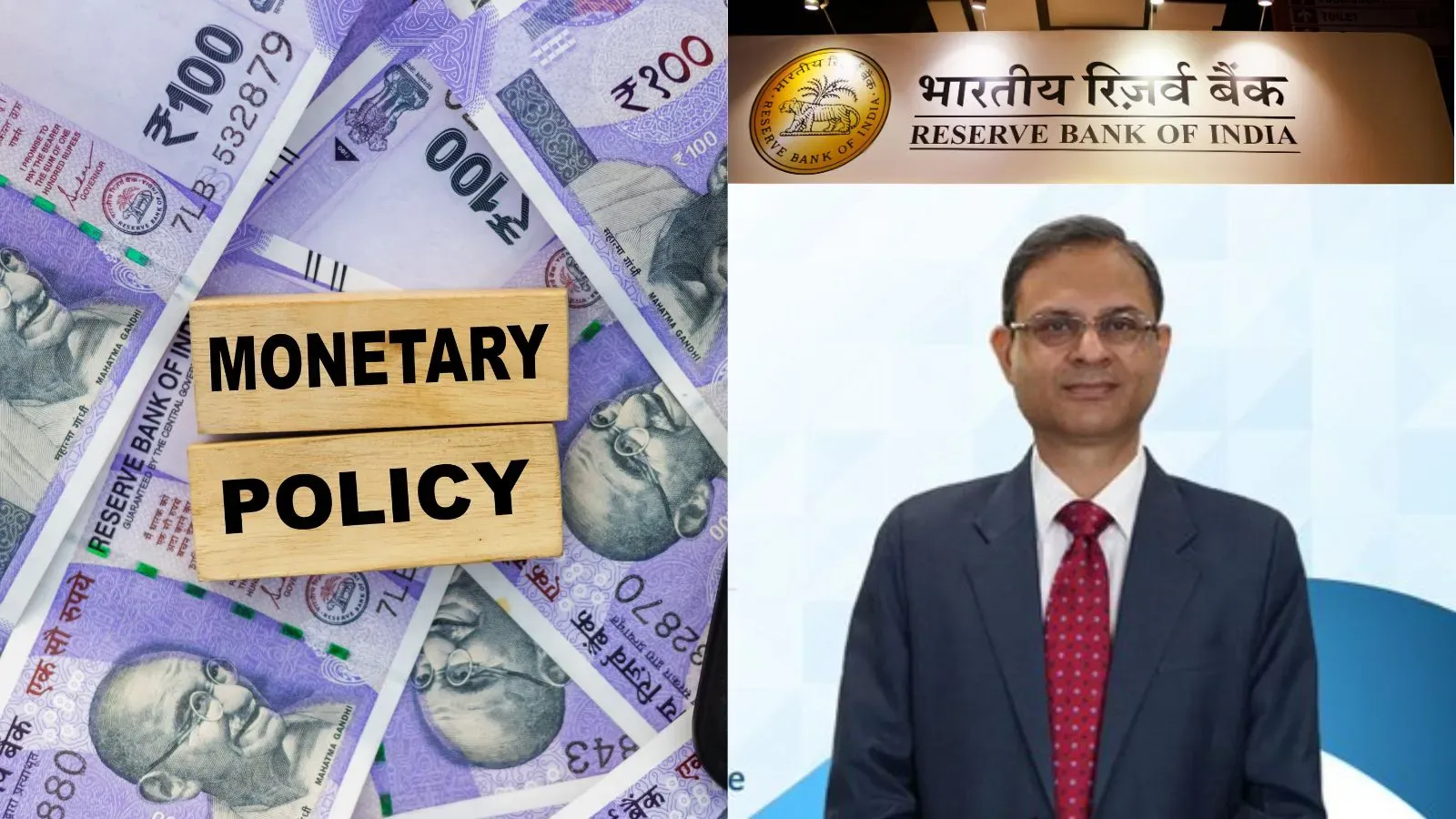Business News
India on track to become high-income country by 2047; services sector to drive 60% of GDP: Report
.png)
3 min read | Updated on February 20, 2025, 18:30 IST
SUMMARY
To reduce India’s dependency on global supply chains and drive innovation, public-private partnerships in the field of artificial intelligence (AI), renewable energy and other relevant sectors are needed along with higher investment into research and development, the report said.

Local manufacturing and an increased focus on backward integration can help reduce India’s dependence on imports for essential components like chips
India is set to become a high-income country by 2047 with a GDP projected to be at $23 trillion to $35 trillion on the back of the country’s growing service sector, according to a report by Bain & Company and Nasscom.
The report projected that the Indian services sector will account for 60% of the country’s GDP by 2047, while manufacturing will make up 32%, with both transforming into key factors driving economic growth. It also highlighted that a sector-specific technology roadmap could be crucial in enabling this transformation.
"With nearly 200 million individuals expected to enter the workforce in the coming decades, India has a unique opportunity to drive high-value job creation and unlock significant economic potential," the report said.
Advancements in AI-driven chip design, touchless manufacturing and backward integration into component manufacturing and design could improve cost efficiency and fuel innovation. This, in turn, may increase the sector’s export share from 24% to 45%-50% by 2047, and its contribution to GDP from 3% to 8%-10%. Backward integration is when companies take charge of the production of the required parts and materials instead of relying on external suppliers.
The report added that the contribution of renewable energy to India’s total energy production could rise to 70% by 2047 from 24% in 2023. Additionally, the auto-component exports are projected to grow to $200-250 billion by that time aided by share capture in the ICE market and a shift to EVs in the long term.
"Five key sectors including electronics, energy, chemicals, automotive, and services would act as strategic growth levers due to alignment with global trends and scalability, with the potential to address India's unique challenges and advantages.
"Rising income, a growing pool of skilled workers, and continuous improvements in infrastructure are some of the key factors that can fuel this growth," it said. However, challenges remain.
The study highlighted the need for enhanced Science, Technology, Engineering, and Mathematics (STEM) education and skill development programs across several sectors to cover the projected workforce shortfall of nearly 50 million people by 2030. Local manufacturing and an increased focus on backward integration can help reduce India’s dependence on imports for essential components like chips, it added.
Moreover, public-private partnerships in the field of artificial intelligence (AI), renewable energy and other relevant sectors and increased investment in research and development could accelerate innovation in the country and decrease its dependence on global supply chains, the report noted.
"India's economic growth depends on strengthening infrastructure, bridging skill gaps, and fostering innovation through technology and global partnerships. By investing in digital and transport infrastructure, enhancing domestic manufacturing and driving collaborative R&D, we can position India as a leader in future technologies and global trade.
"A multi-pronged, tech-driven approach will be key to unlocking inclusive and sustainable growth," Nasscom Sr. Vice President Sangeeta Gupta said.
By signing up you agree to Upstox’s Terms & Conditions
About The Author
Next Story

